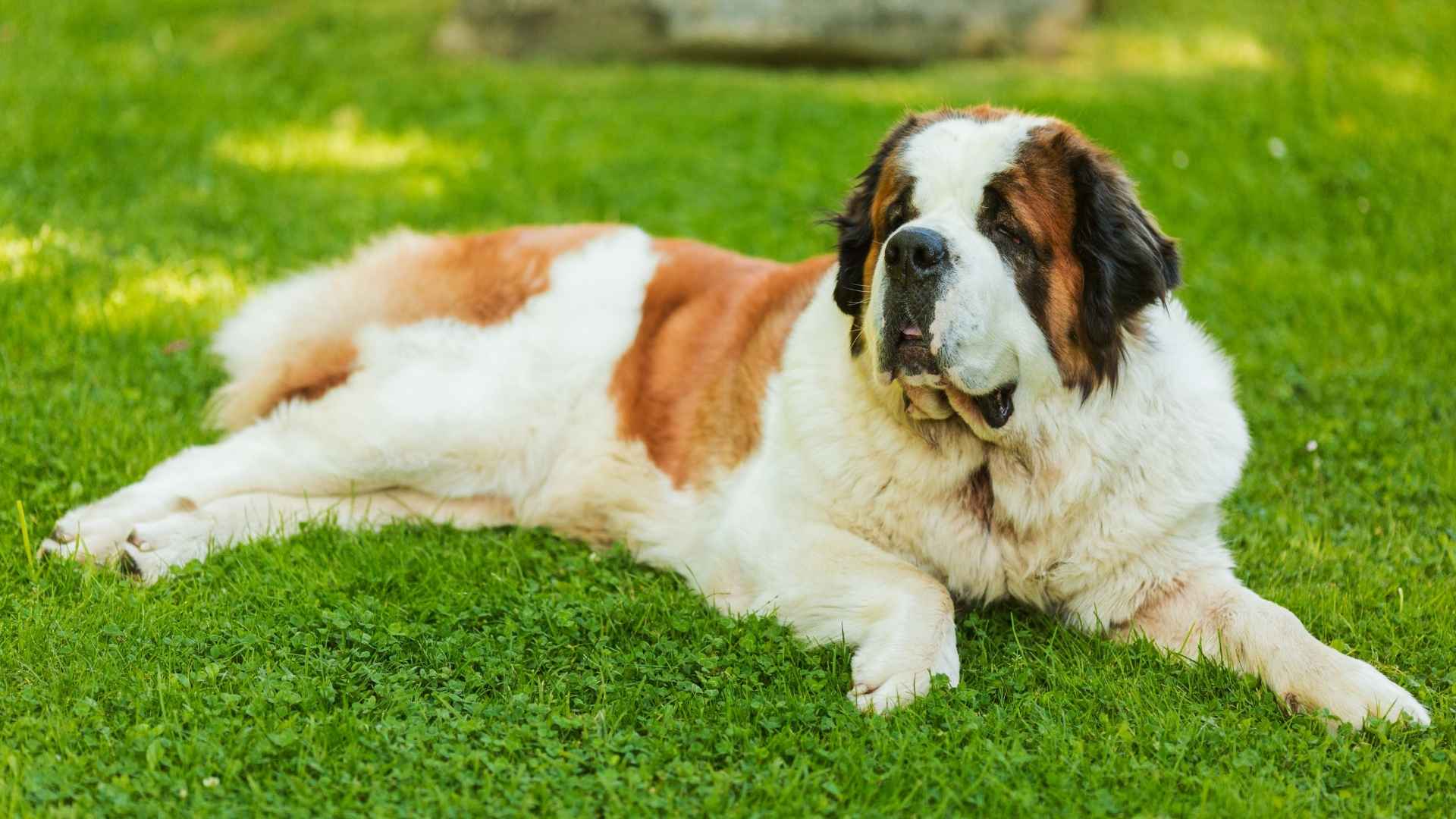When people think of guard dogs, they often picture hyper-vigilant, high-energy dogs patrolling the yard 24/7. But what if we told you some dogs can protect your home without bouncing off the walls? Enter the low-energy dogs—loyal, watchful, and calm enough to chill indoors, yet brave enough to defend what matters.
These aren’t your average security alarms on four legs. They’re patient, observant, and confident, keeping a quiet eye on their surroundings and stepping up only when truly necessary.
Perfect for families who want peace and protection, these low-energy breeds are the strong, silent types. They won’t bark at every falling leaf, but they won’t hesitate to stand between you and danger if it comes knocking.
Whether you’re living in a suburban home, a quiet countryside cottage, or a city apartment, a low-energy guard dog can provide both companionship and peace of mind, without the chaos that comes with hyperactive breeds.
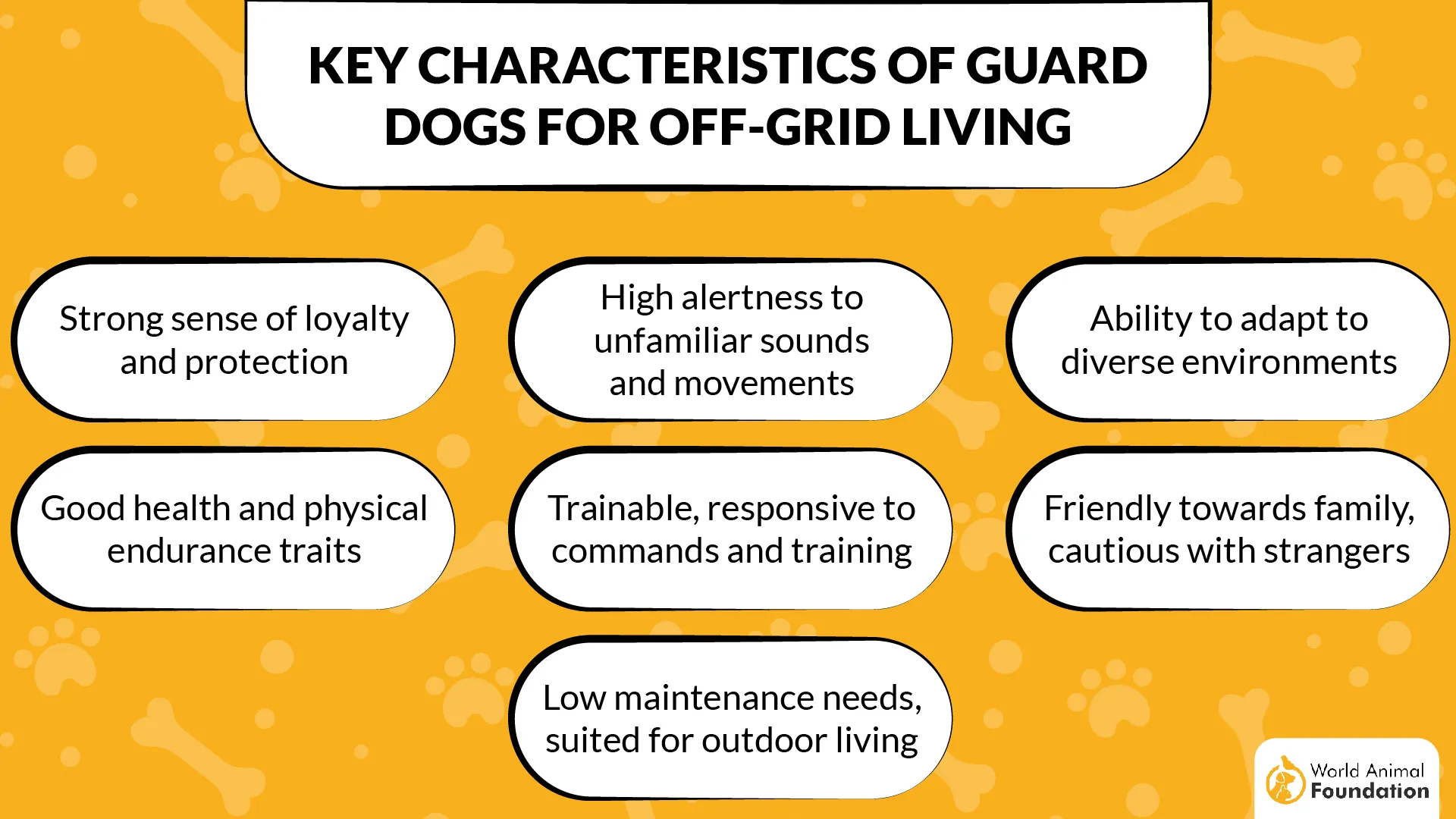
Let’s meet these 7 best low-energy guard dog breeds who balance calmness with courage. If you’re looking for a laid-back protector who fits seamlessly into your relaxed lifestyle, your perfect watchdog might just be a nap-lover too.
Low Energy Guard Dog Breeds
1. Mastiff
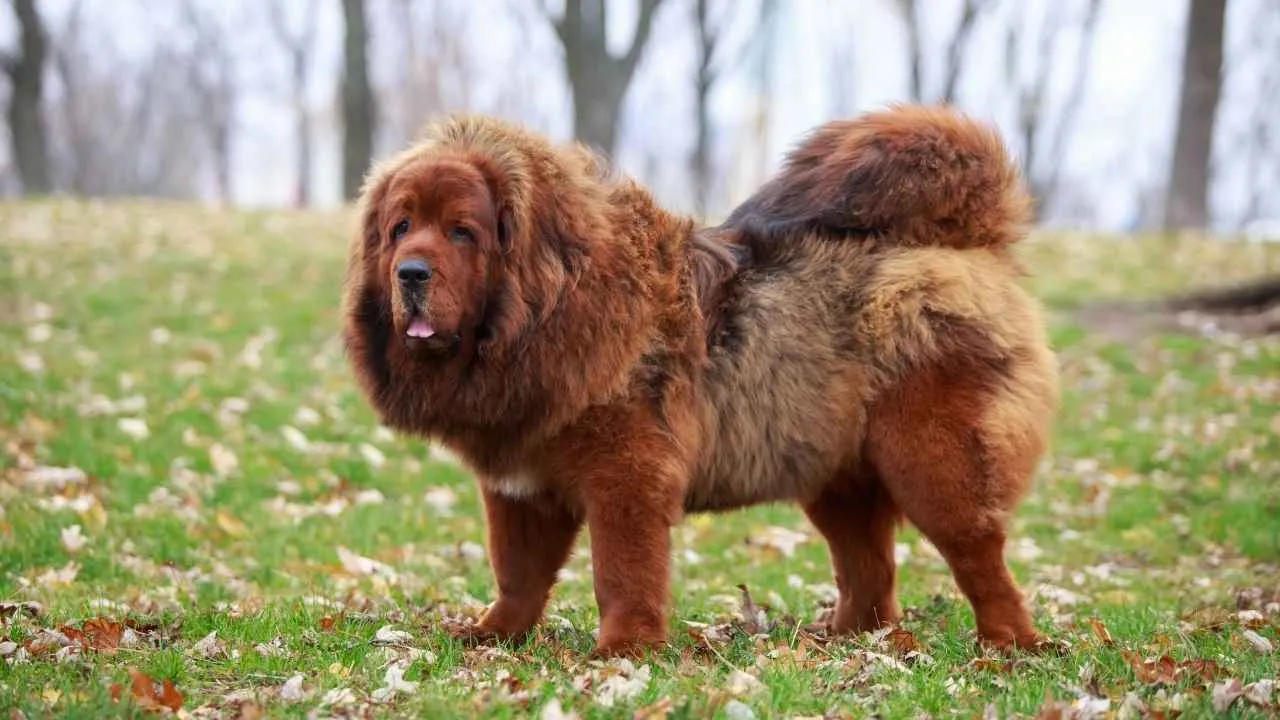
Mastiffs are like the bouncers at a nightclub who’ve been at the job for years and know exactly when to step in and when to let someone else take the spotlight.
Mastiffs are one of the largest dog breeds, with males weighing between 120 to 230 pounds. Their massive frame and broad chest make them an imposing figure, and they typically stand around 30 inches tall at the shoulder. Their short coat comes in fawn, brindle, or apricot colors, and they often have a deep, soulful expression that can make them appear both gentle and intimidating.
Despite their relaxed demeanor, Mastiffs have a strong guarding instinct. They are naturally protective of their home and family and will defend them when they sense a threat. While they may not be as active in their guarding as some breeds, their sheer size and imposing presence often deter intruders.
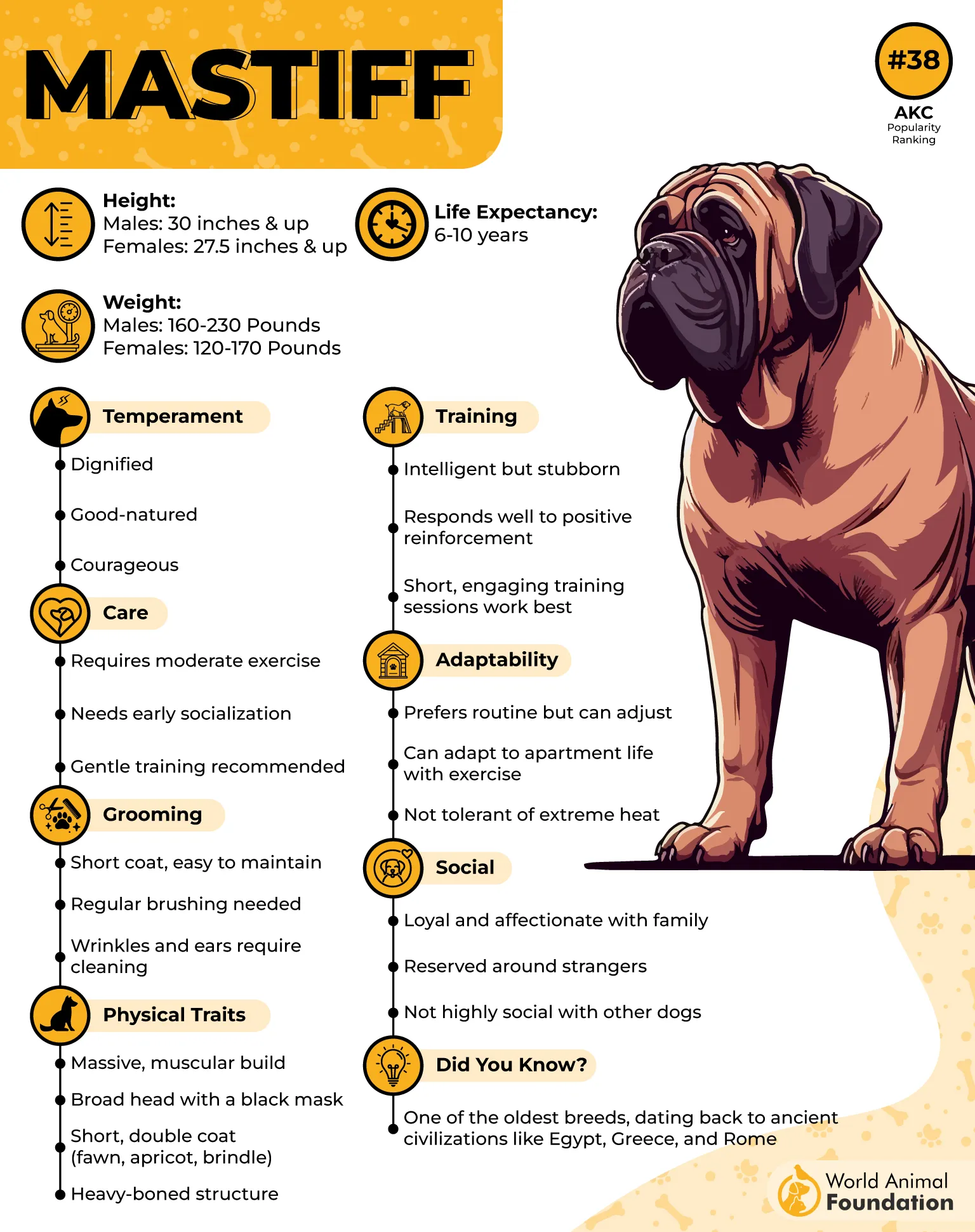
They are typically affectionate with their family and are not overly excitable. While they can be playful, they are more likely to spend their time lounging around the house, enjoying comfort and attention. They’re not exactly the type to chase after intruders or bark at every leaf that falls, but they will ensure you feel safe with their sheer presence
They will bark loudly to alert you of any potential danger and won’t hesitate to act if the situation calls for it. Their protective nature, combined with their calm and confident attitude, makes them an excellent guard dog, even with their low energy.
Fun Fact: Mastiffs can snooze for up to 18 hours a day. Just think about it: 18 hours of “guarding” while they’re sound asleep. Talk about multitasking!
2. Great Dane
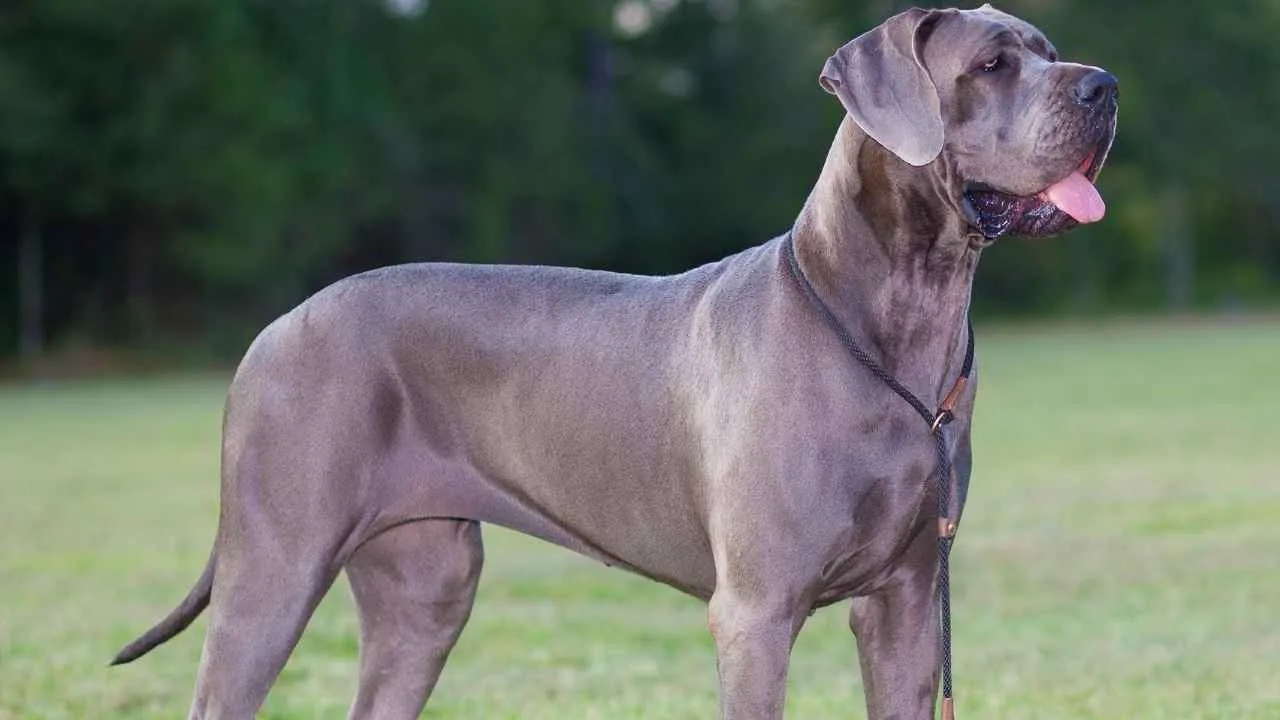
Often described as “Apollo of the dog world.” Great Danes can stand over 30 inches tall at the shoulder and weigh between 110 to 175 pounds, with some even larger. Their long, muscular bodies and large, square heads are striking, and their coat is short and sleek. Despite their imposing stature, they have a graceful and elegant appearance.
While they are gentle giants, they can be somewhat reserved with strangers. These popular dogs are affectionate with their family members and enjoy lounging around the house, often curling up in a cozy spot (sometimes in places where they really shouldn’t be, given their size!).
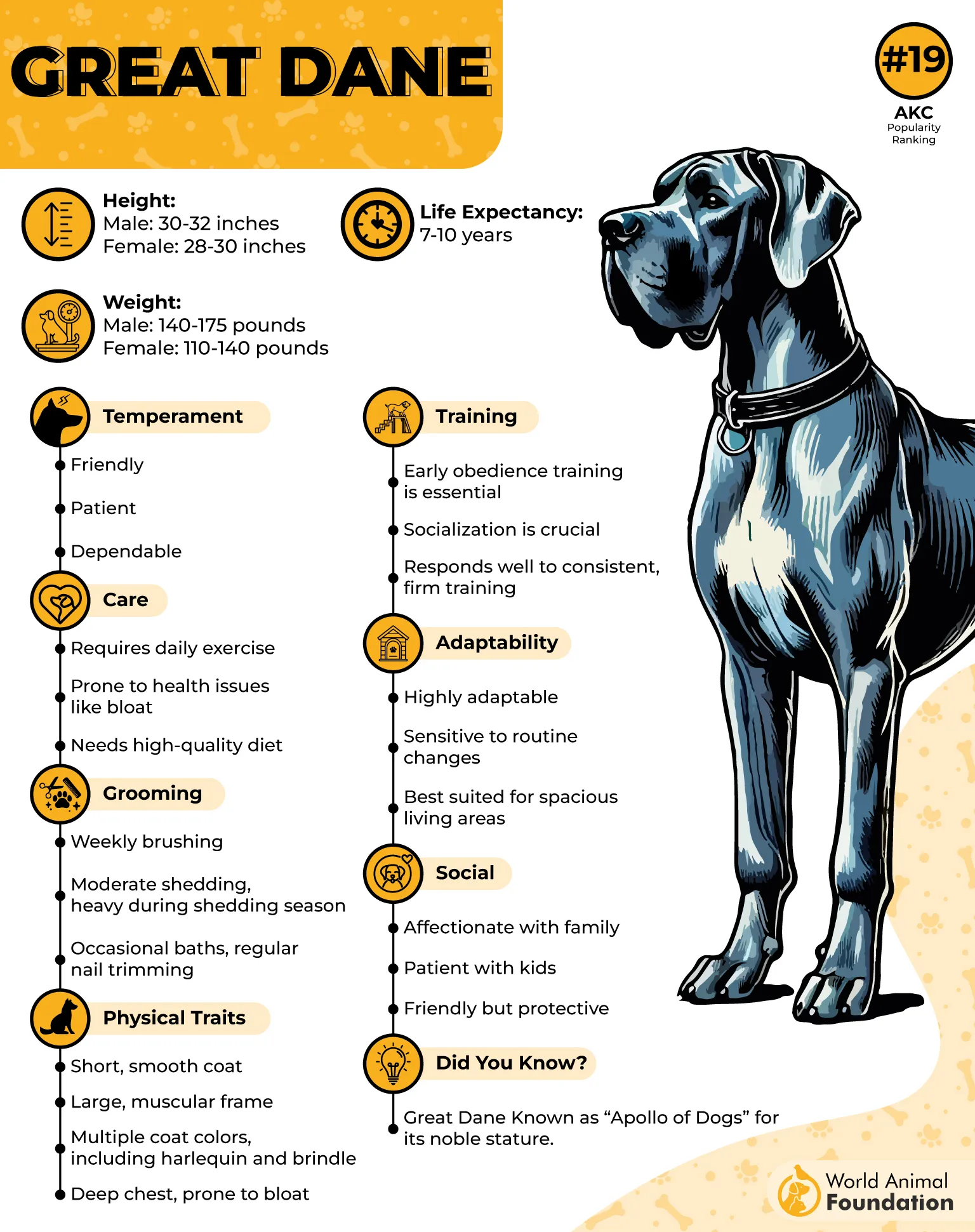
They are typically good with children and other pets, displaying a patient and easygoing nature. Although they enjoy the occasional playtime, their energy levels are generally low, and they prefer comfort and relaxation.
Great Danes may not be as aggressive as some other guard breeds, but they are still highly protective of their home and family. Their size alone makes them a natural deterrent to would-be intruders.
Great Danes can be somewhat playful and need ample space for both play and exercise. Be prepared to take your Great Dane on extended walks at least twice daily to ensure they get the necessary physical activity.
They are quick to notice changes in their environment and will watch over their territory carefully. If a threat is present, they will act to protect their loved ones, though they tend to be more focused on alerting their owners rather than being overly confrontational.
3. Tibetan Mastiff
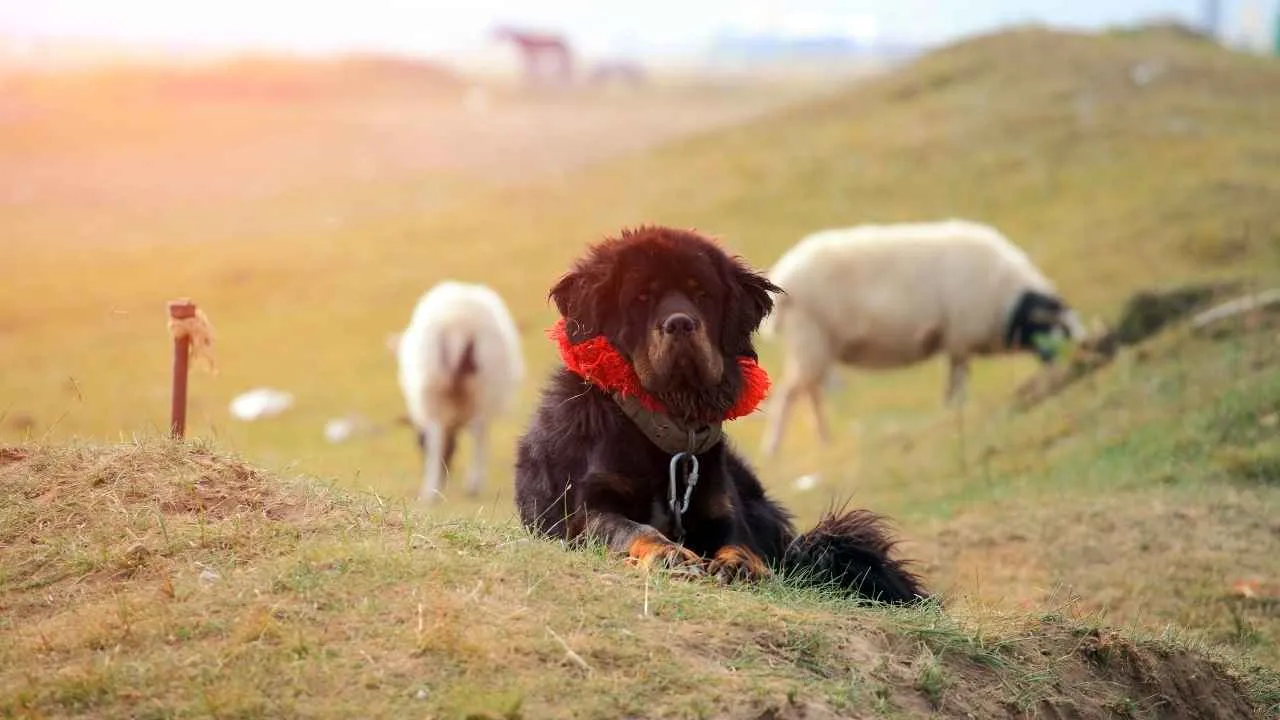
Imagine a dog that looks like it could star in a mythical legend, guarding the snowy peaks of the Himalayas. While they may look intimidating, Tibetan Mastiffs are far from aggressive. They’re calm, independent, and incredibly loyal to their families.
Their coats are designed to protect them from the cold, and they typically have a mane-like ruff around their neck, giving them an almost lion-like appearance.
The Tibetan Mastiff is a natural protector and has been used for centuries as a guardian dog, particularly in Tibet, where they guarded sheep from wolves and other predators. Their guarding instincts are incredibly strong, and they have an innate ability to sense danger. These dogs are highly territorial and will not hesitate to defend their home and family if they feel threatened.
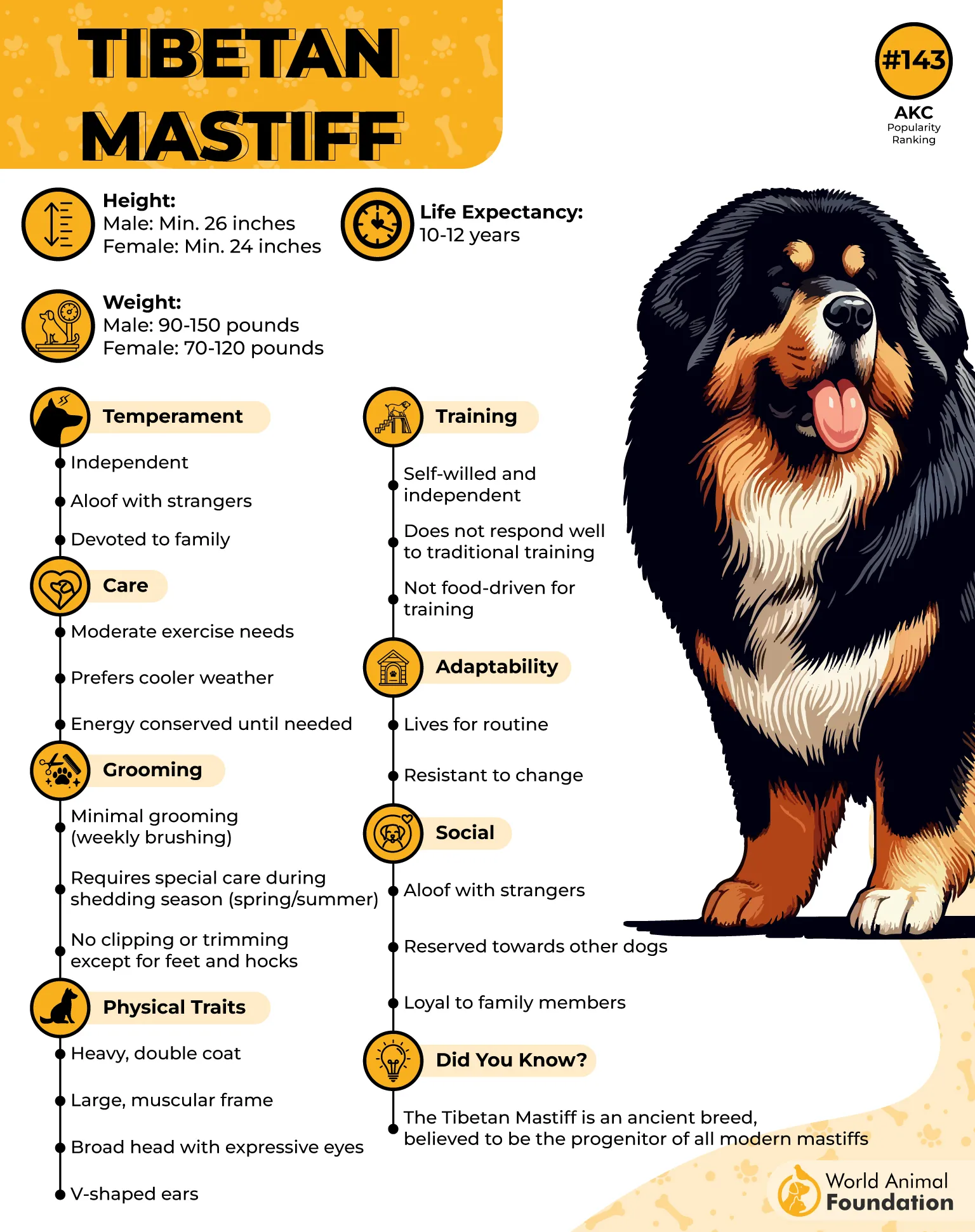
They are not overly friendly with strangers, often taking a more reserved and watchful approach to new people and situations. They are incredibly loyal to their family and can be affectionate, but they are not “in-your-face” dogs.
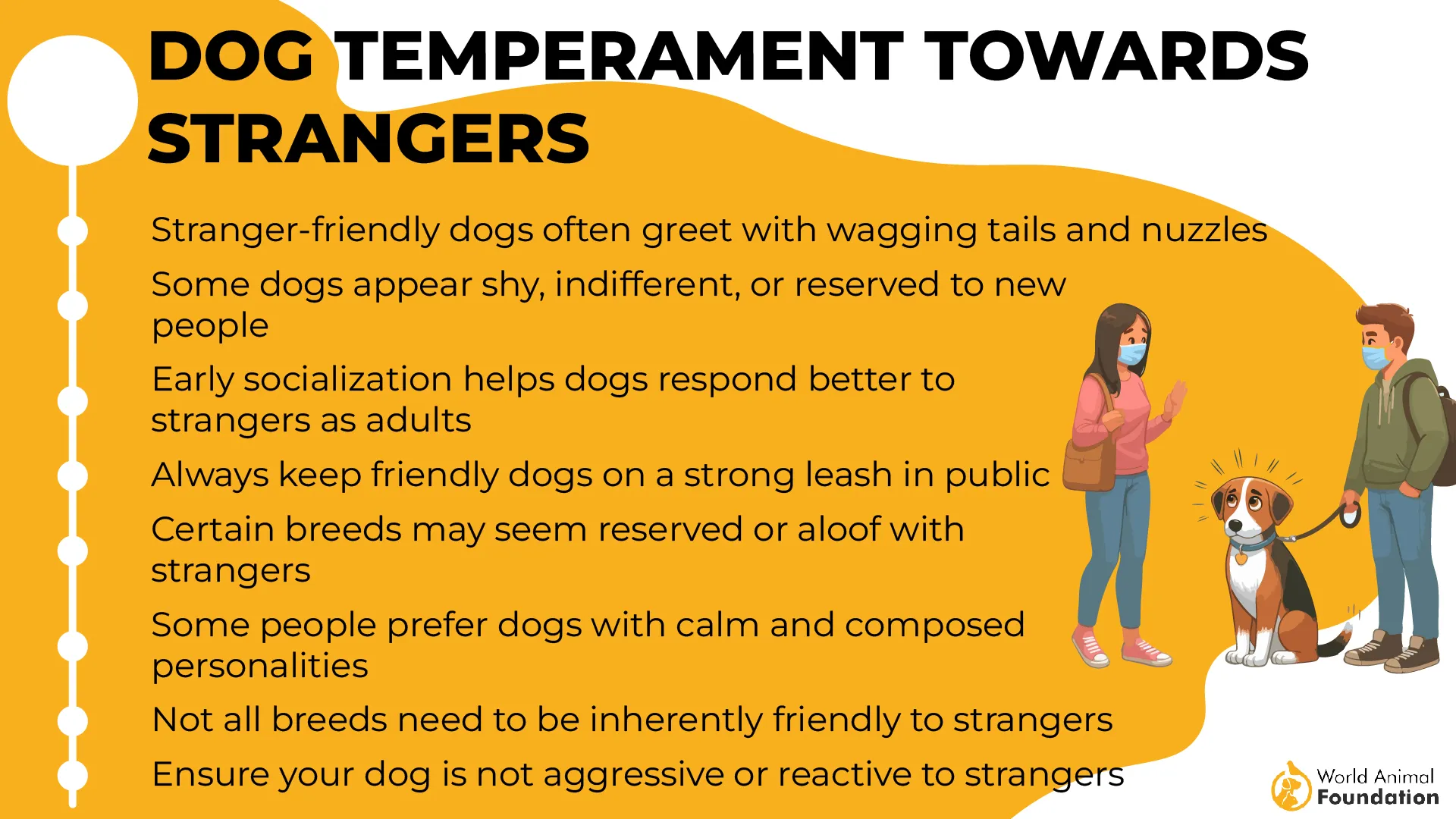
Tibetan Mastiffs enjoy peace and are typically calm and collected around the house. They have a dignified air about them and, although not hyperactive, they will enjoy occasional play or exercise to burn off some energy.
Despite their calm demeanor, they have an intimidating bark and will alert you immediately to anything unusual. They are very protective, but their independence can sometimes mean they act on their own instincts, not suitable for first–time dog owners.
4. Saint Bernard
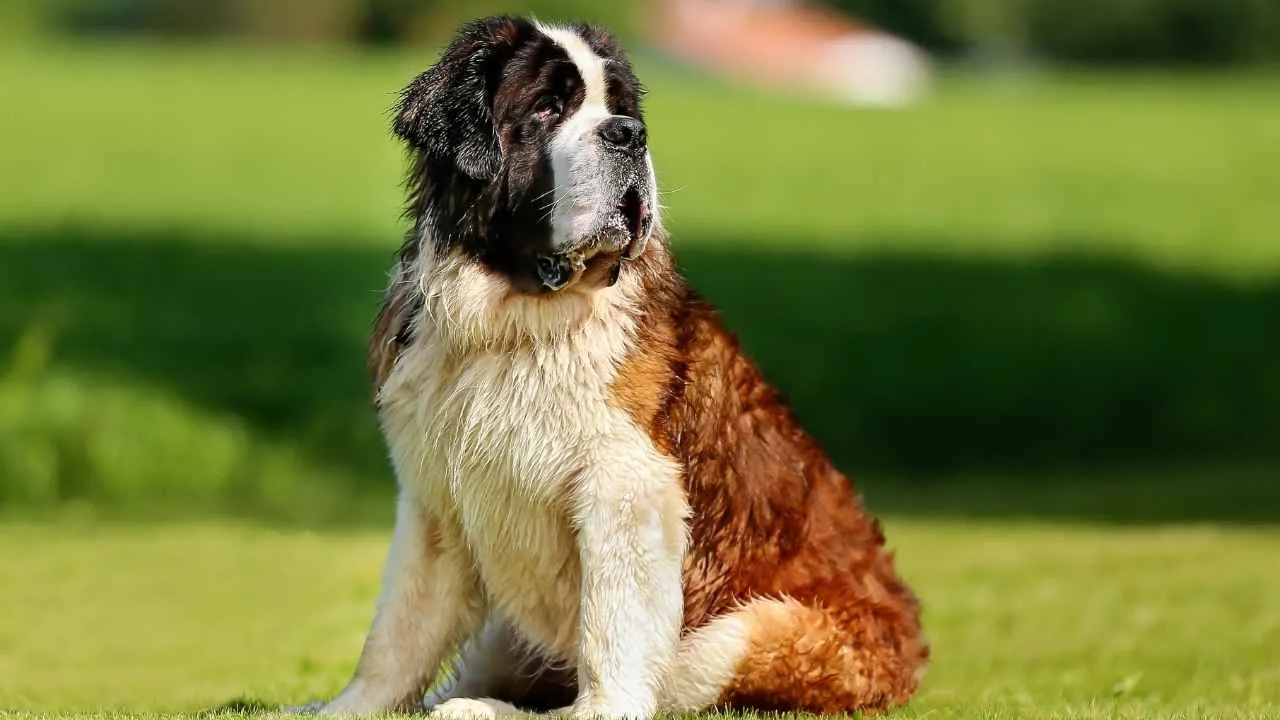
When you think of a Saint Bernard, you probably picture a large dog with a barrel around its neck, saving people in the Swiss Alps. While the barrel may be a myth (no, they’re not carrying brandy to rescue you), the Saint Bernard’s protective and caring nature is very real. These low-maintenance dogs are the epitome of “gentle giant”—calm, affectionate, and just the right balance of low-energy and alert.
Saint Bernards are a fluffy breed known for their calm, gentle, and friendly demeanor. They are affectionate and loving with their family members, often forming strong bonds with children.
Although Saint Bernards are not known for being highly aggressive, they still have a protective natural instinct. Their calm demeanor does not mean they are passive when it comes to guarding their family.
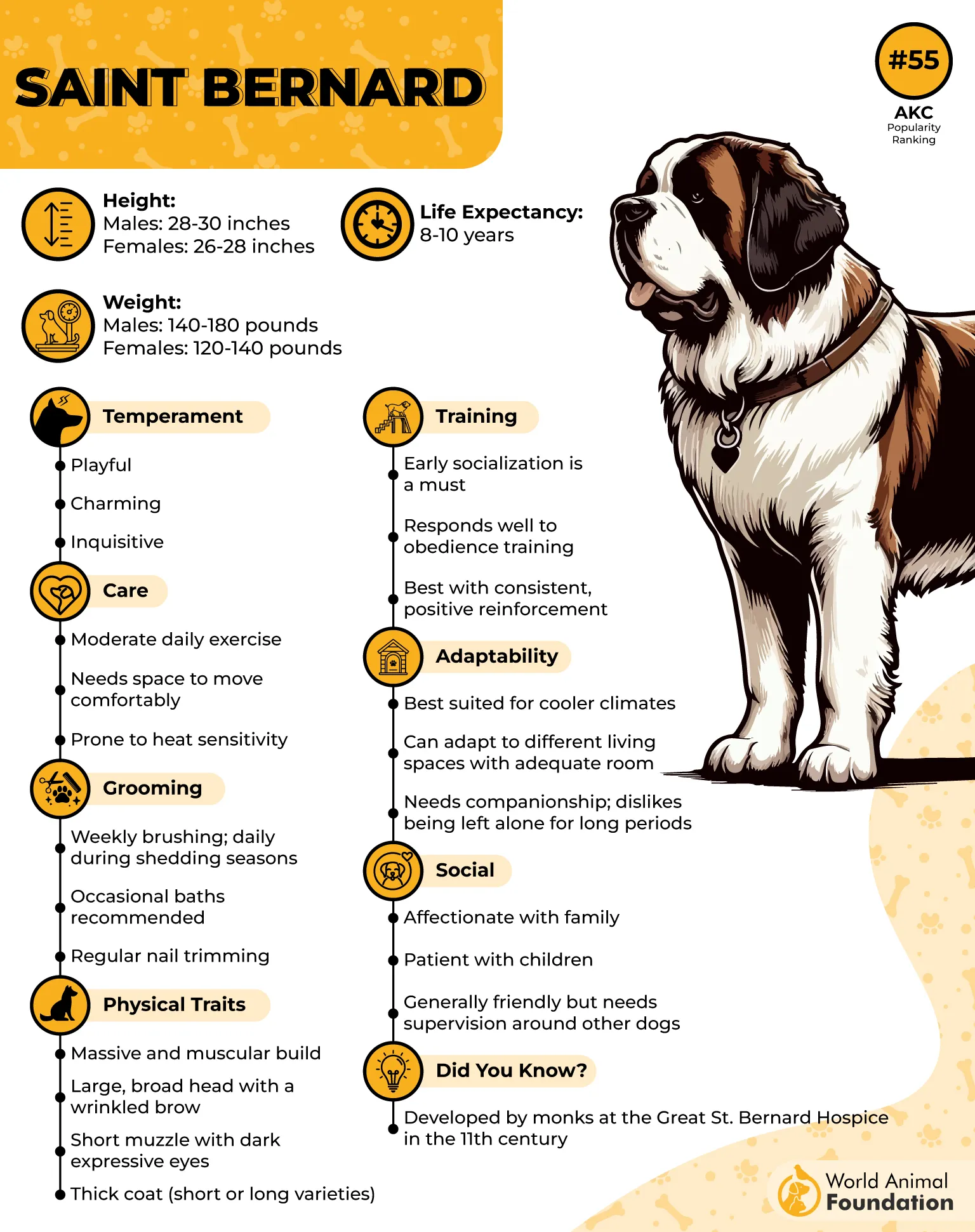
Despite their giant size, they are very patient and tend to be calm around the house. While they are generally easygoing, they do need regular exercise to stay healthy, though they prefer relaxed activities over high-energy play
They are alert and will notify their owners if they sense danger or if someone is at the door. Their size alone is enough to make intruders think twice, and they are capable of defending their home when needed. However, Saint Bernards tend to be more about presence and alerting you to threats rather than actively confronting intruders.
5. Newfoundland
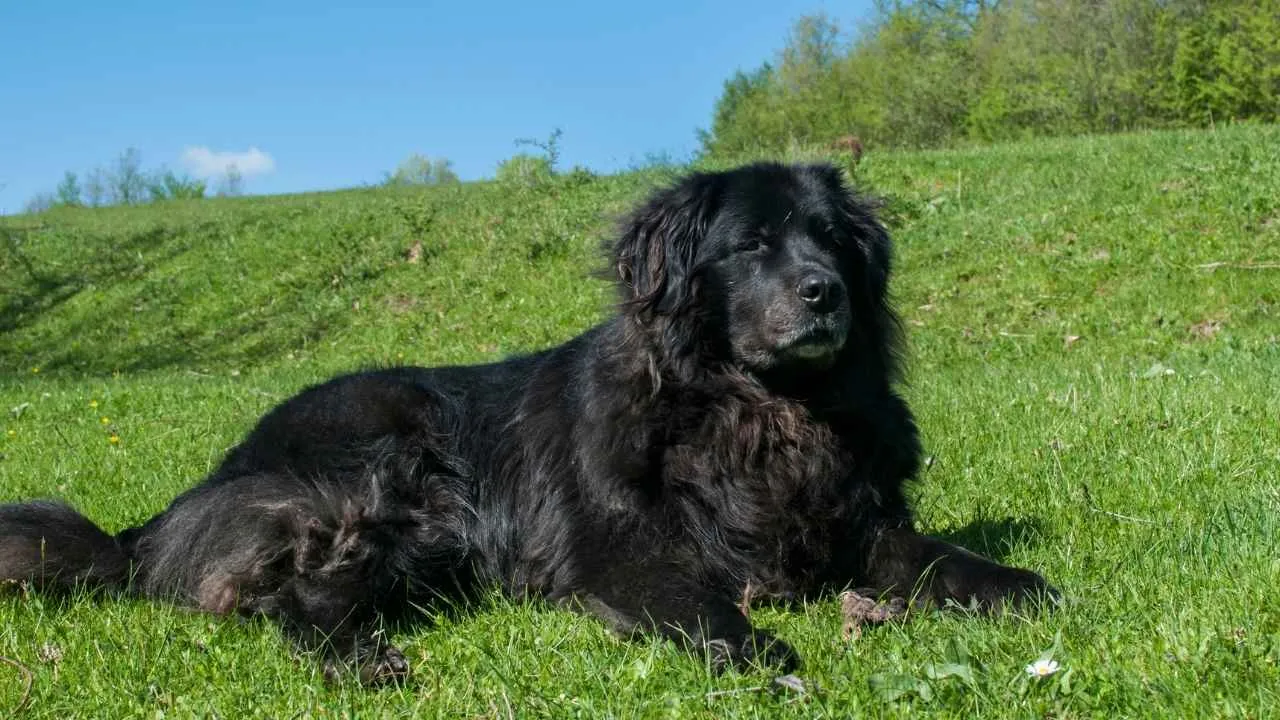
Newfoundlands are large, powerful dogs, typically weighing between 100 to 150 pounds. Their thick, water-resistant double coat comes in solid black, brown, or Landseer (white with black markings). They have a broad, muscular frame, webbed feet, and a kind, intelligent expression.
As per WebMD, Newfoundland dogs are known for their loyalty and love of service, as they were originally bred as working dogs.
Newfoundlands are known for their calm, gentle, and affectionate nature. They are often described as “gentle giants” due to their loving and patient demeanor, particularly around children and other pets. These dogs are typically very laid-back and enjoy a relaxed pace of life.
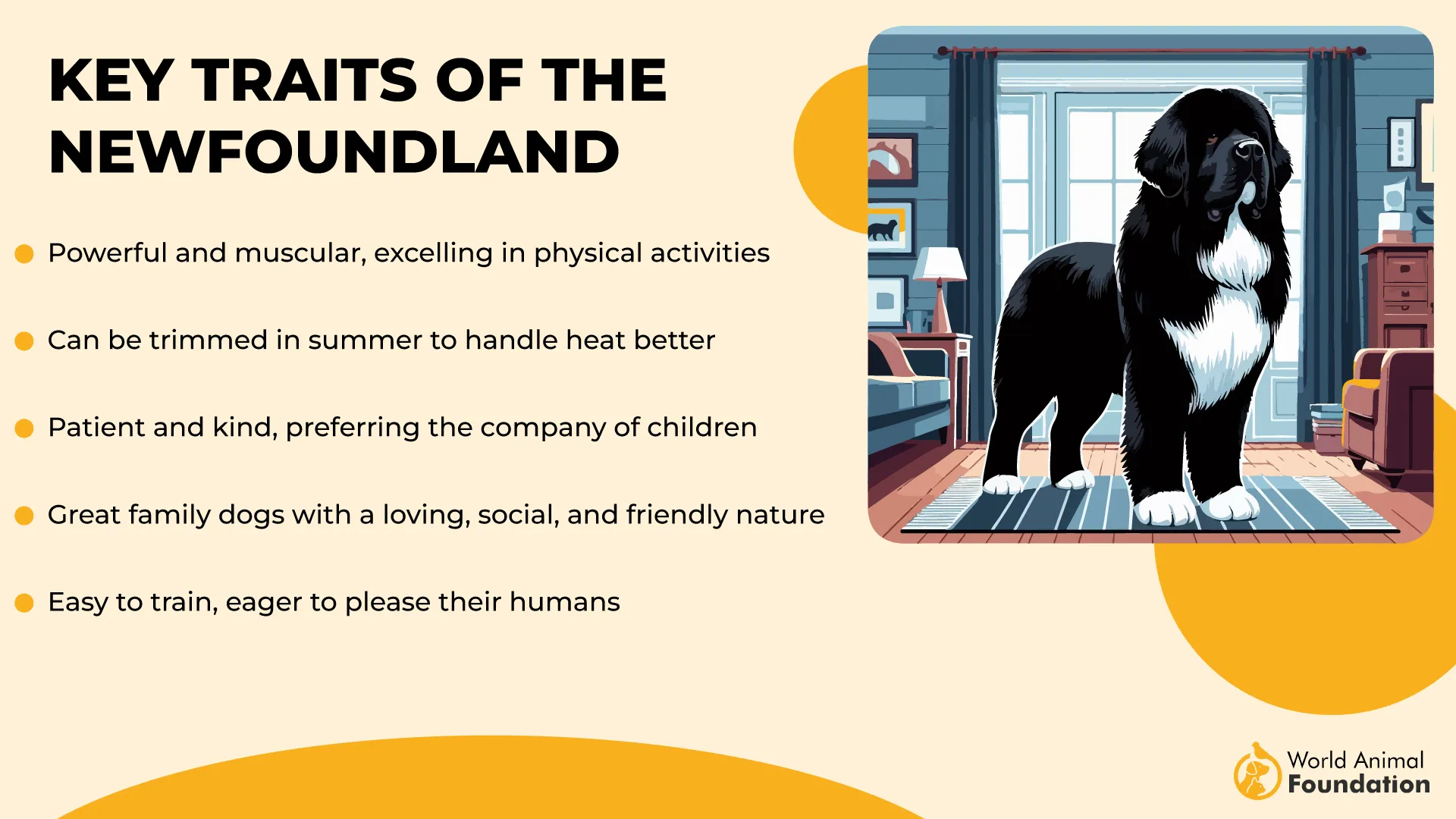
While Newfoundlands are not aggressive by nature, they are protective of their family and home. They will alert you to the presence of strangers with their deep bark and are capable of providing a level of protection when necessary.
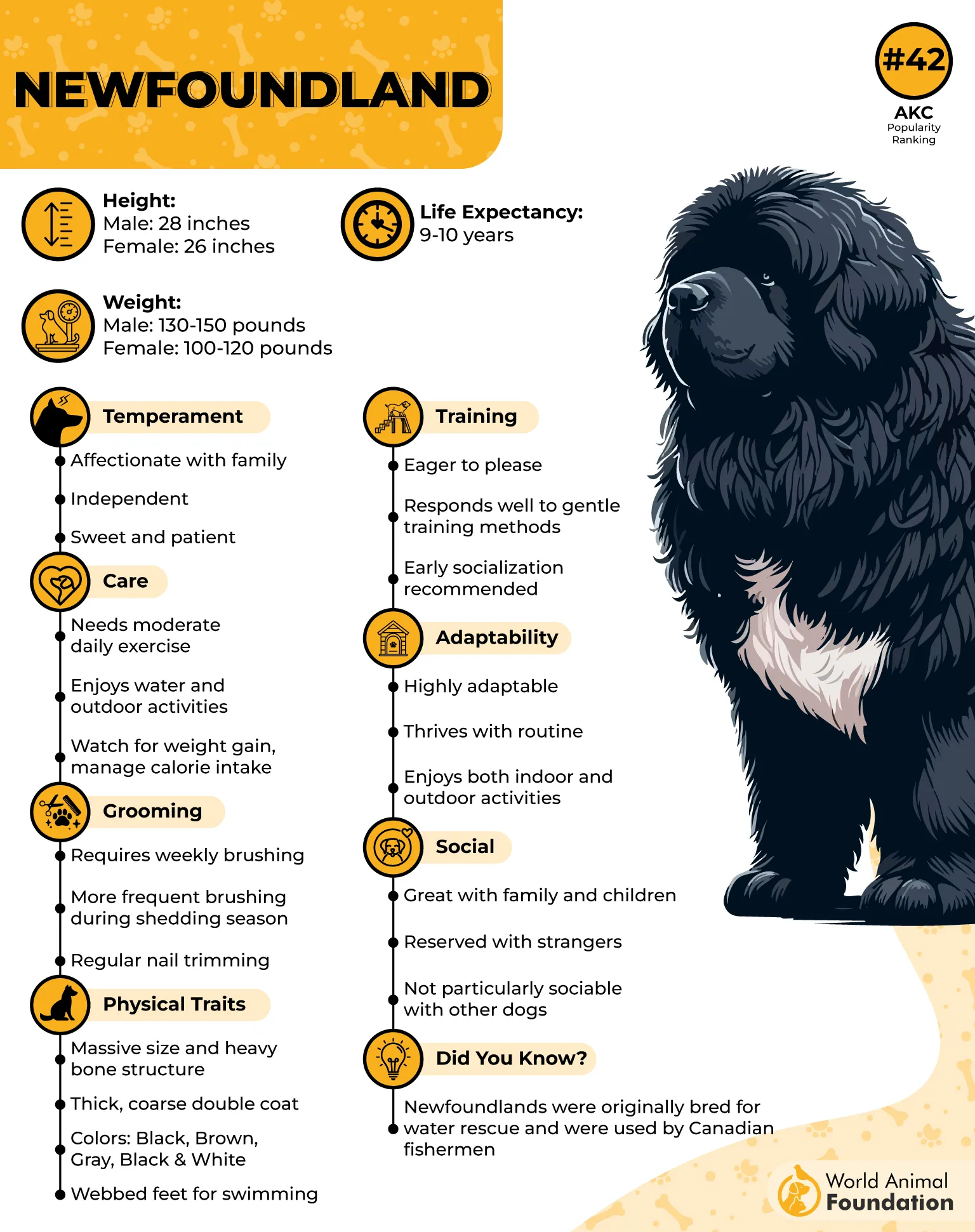
They are social dogs that enjoy being with their family but are not overly active. They will appreciate regular, moderate exercise, like walking or swimming, but they are more interested in spending time with their loved ones than in high-energy activities.
Their gentle nature usually means they will not engage in confrontation, but their presence alone is often enough to deter intruders. Newfoundlands are more likely to protect with a calm but firm attitude, offering a peaceful but effective guard.
6. Great Pyrenees
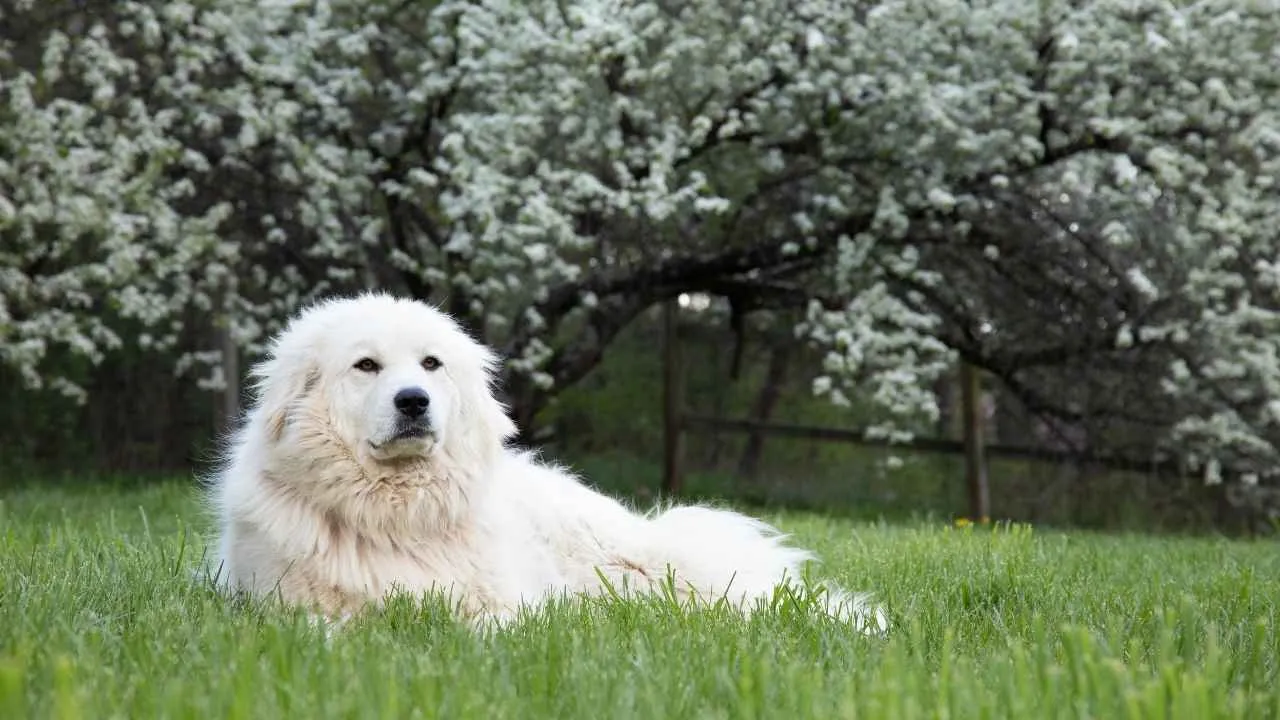
If you’re looking for a low-energy guard dog with a noble presence, the Great Pyrenees might just steal your heart. According to the American Kennel Club (AKC), Great Pyrenees are often described as “majestic.” These large, incredibly strong mountain dogs can stand up to 32 inches at the shoulder and typically weigh over 100 pounds.
Known for their striking white coat and calm demeanor, these dogs were bred to protect livestock in the rugged Pyrenees mountains. But don’t let their serene look fool you—they’re also fiercely loyal and protective, and they’ll guard your home with quiet confidence.
They are generally affectionate with their family and can be especially loving toward children. While they are not hyperactive, they do need space and enjoy being outside. Their calm nature means they are not prone to unnecessary barking, but they are quick to alert their family to any potential threats.
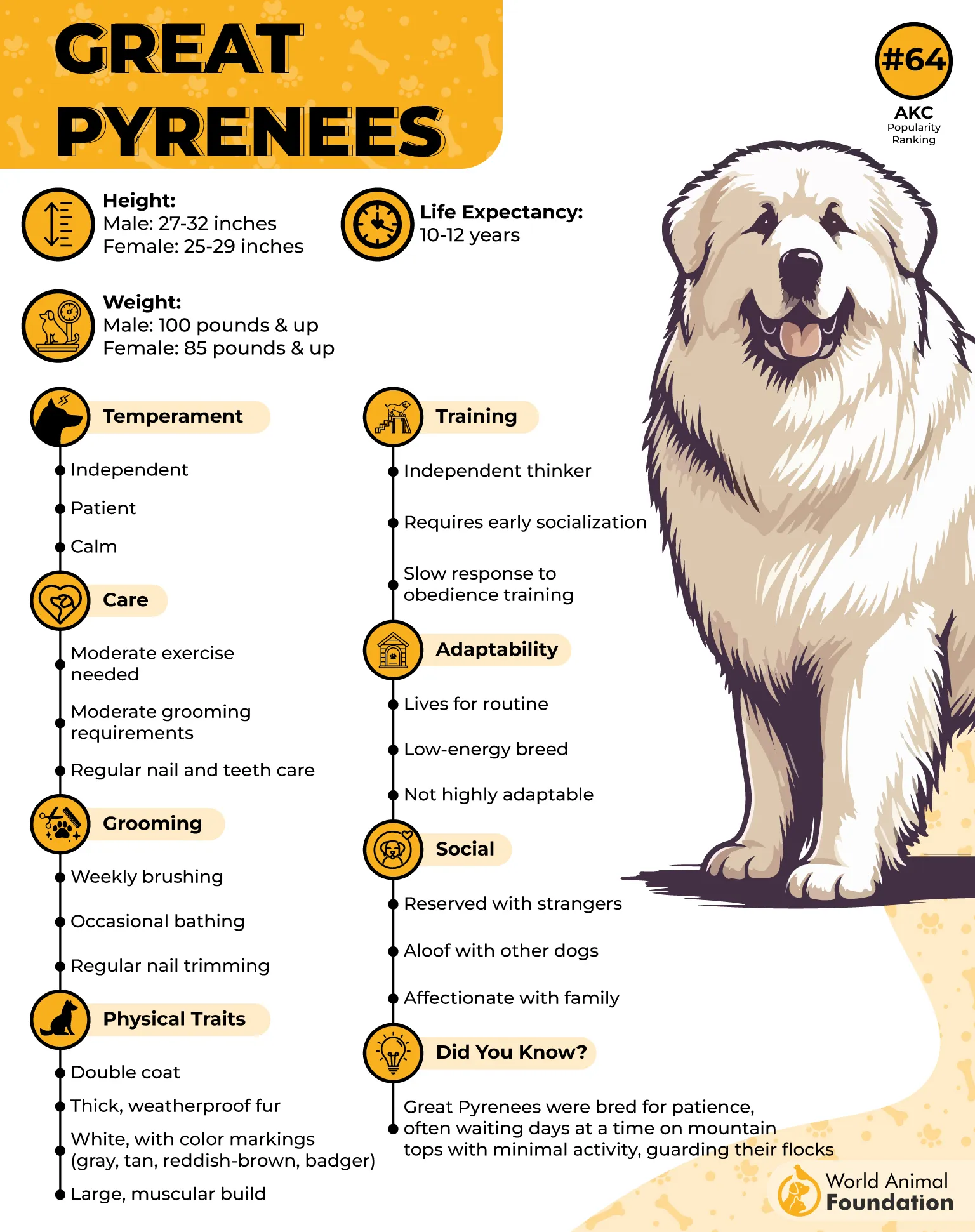
The Great Pyrenees has an incredibly strong guarding instinct. These dogs are not overly aggressive but will fiercely defend their territory if they sense danger.
Their protective nature is coupled with a high level of independence, meaning they are not always responsive to commands when it comes to guarding, as they trust their instincts. They will alert you to intruders and act to protect their home, making them one of the best natural guardians.
7. Irish Wolfhound
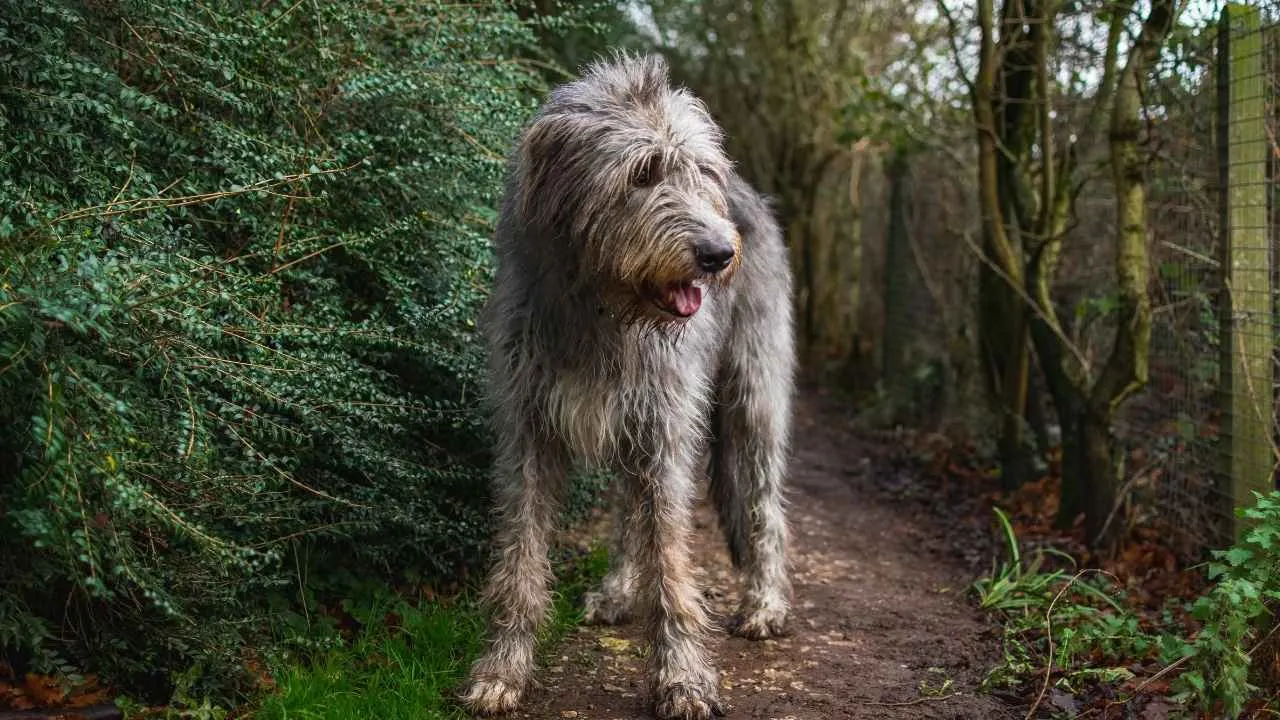
The Irish Wolfhound ranks among the tallest of all dog breeds, with males typically exceeding 32 inches in height and weighing anywhere from 120 to 180 pounds.
Known for their towering height and graceful stature, these protection dogs are as noble as they come. While they may look intimidating due to their size, Irish Wolfhounds are actually calm, affectionate, and deeply devoted to their families.
They’re more likely to ask for belly rubs than to chase intruders, but when it comes to guarding, their presence is enough to make anyone think twice. They have a mellow disposition and often think they’re much smaller than they are, often trying to curl up on the couch with their owners.
Purina says that puppies and young adult Irish Wolfhounds can be quite energetic and boisterous, which might make them less suitable for families with young children.
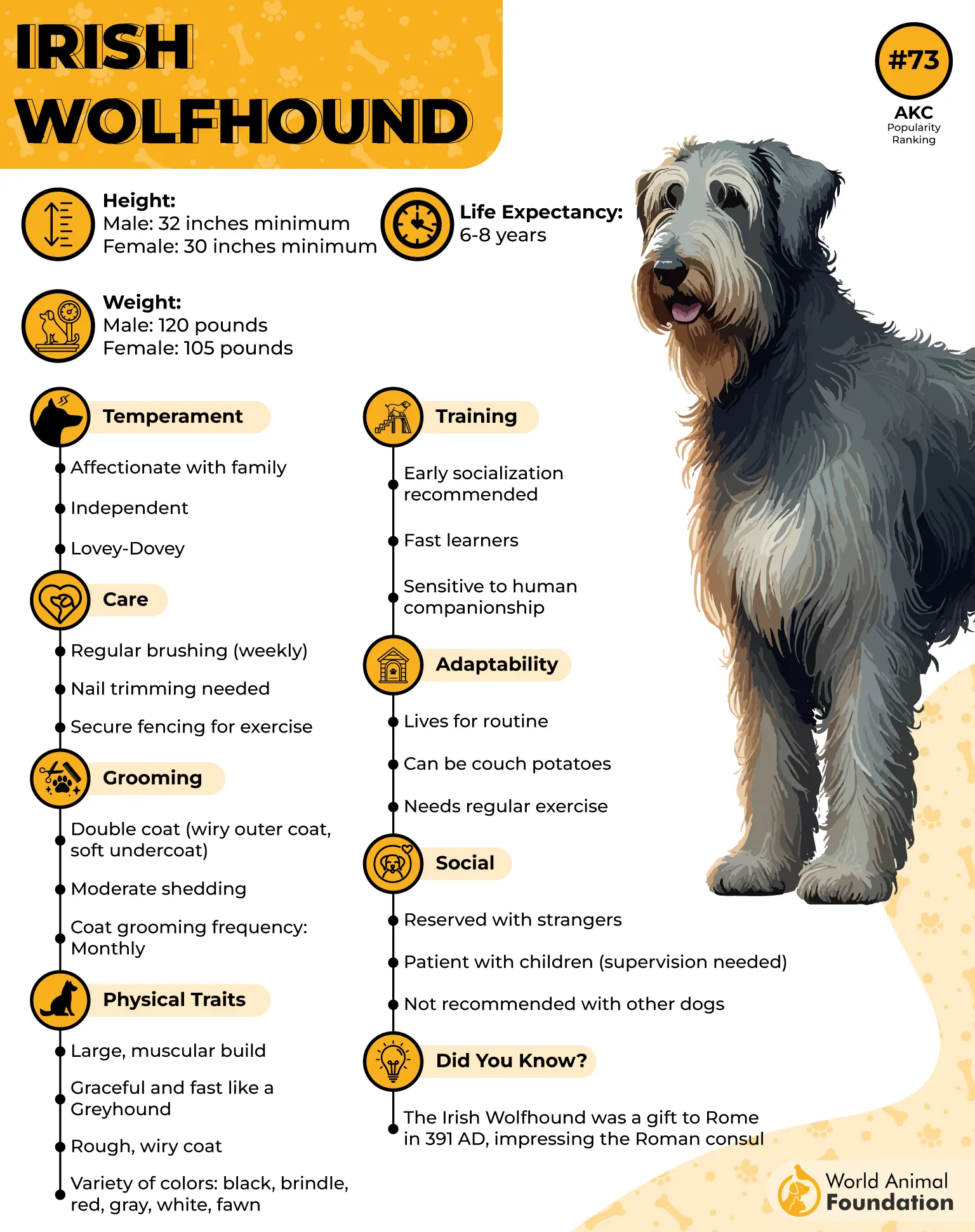
They are known for their loyalty and affection towards their family and are generally good with children and other pets. They are not overly demanding in terms of exercise but enjoy daily walks and playtime.
While the Irish Wolfhound’s protective instincts are present, they are not as strong as those of some other breeds. Historically bred as hunters, they were used to chase and take down large game, but they are generally not aggressive regarding guarding.
Their calm demeanor and lack of territorial behavior mean they are not the most vigilant guard dogs, but their imposing size may be enough to deter potential threats. They are loyal and protective in their way, but tend to be less active in their guarding.
Conclusion
For families or individuals seeking both home security and a calm household companion, low-energy guard dog breeds offer the perfect balance. Breeds like Anatolian Shepherds, German Shepherds, and Doberman Pinschers are naturally inclined to be formidable protectors and protective of their families, yet many of them maintain low energy levels when not actively engaged in protection work. These guardian breeds tend to be independent thinkers and strong-willed, so proper training, early socialization, and mental engagement from a young age are essential for them to become well-behaved and reliable protectors.
Many of these breeds, such as livestock guardians and flock guardian types, require only moderate daily exercise, like long walks or play sessions lasting about an hour, to stay content. Though they may need frequent brushing, especially those with thicker coats, they are often considered low maintenance in terms of their overall energy output. With training and socialization, these dogs can coexist peacefully with other dogs, other animals, and even serve as wonderful companions.
Choosing the right dog from a reputable breeder or rescue is important to avoid potential health problems and to ensure the dog is well-suited for your home. While they may not be the most playful breeds, their natural wariness, quick learning, and affectionate loyalty make them ideal for home protection without the need for constant activity. With the right balance of protection training, mental stimulation, and affection, these breeds make dependable, grounded guardians for any household.


